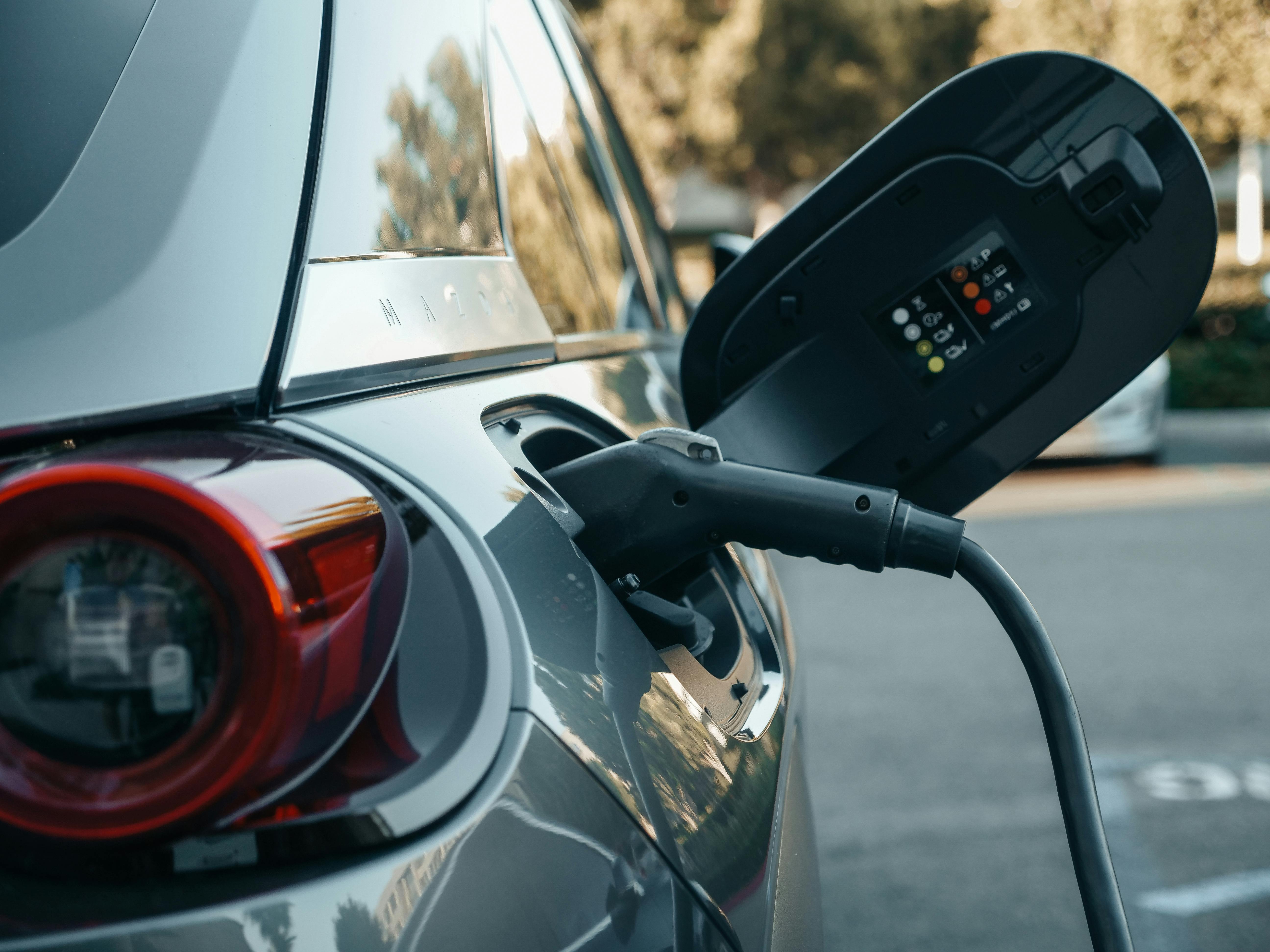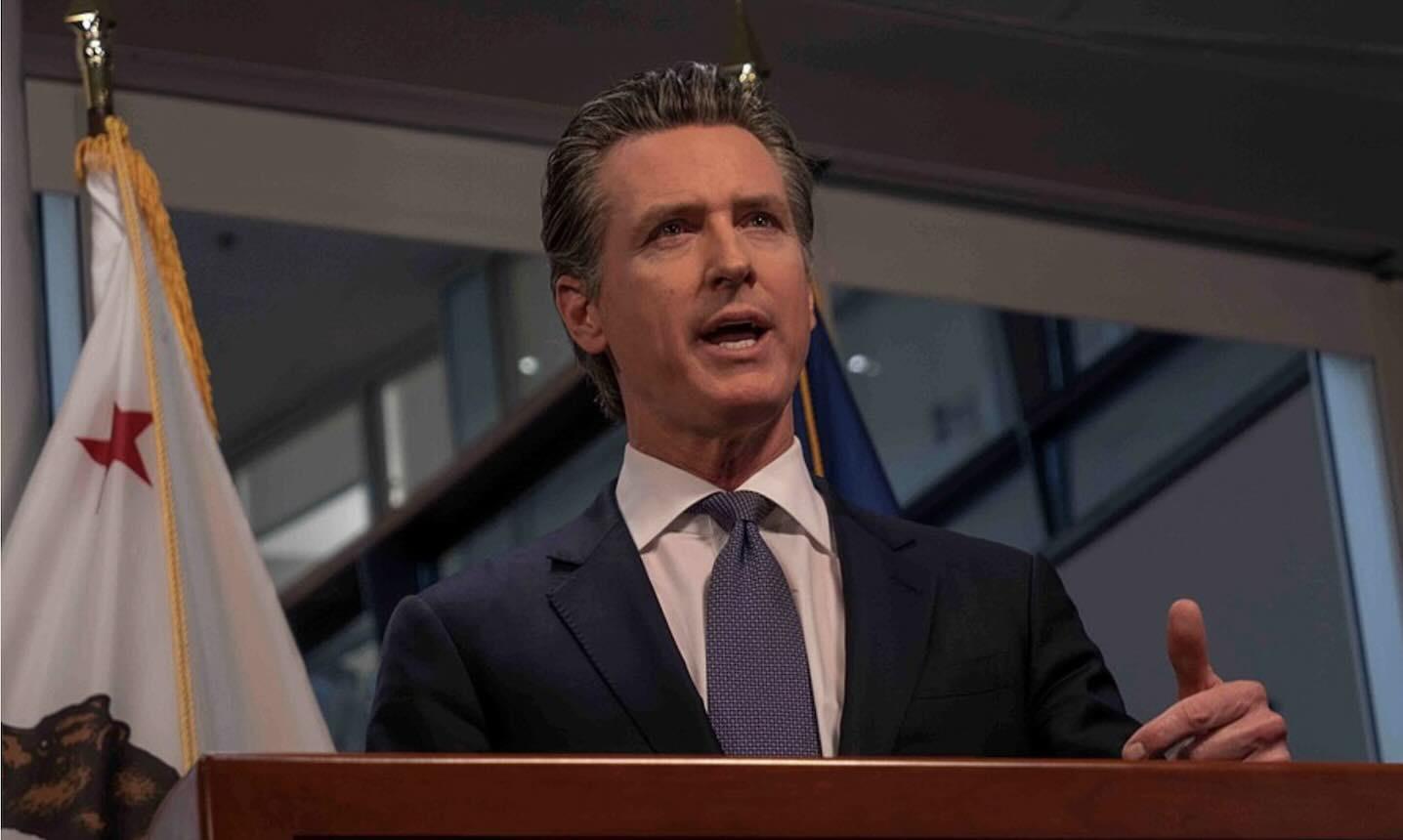AMID unprecedented heat waves and major wildfires, California signed off on the state’s most ambitious effort to combat climate change with a $54 billion spending package designed to cut emissions and phase out fossil fuels.
The $54 billion funding “complements” a group of bills that Governor Gavin Newsom signed on Sept. 16 that aim to move the state closer to 100% clean energy, Newsom’s office said.
“We’re not interested in doubling down on stupid. We’re not interested in investing in the industries that have created the problems we’re trying to mitigate,” Newsom said after the signing at an event at the U.S. Forest Service office on Mare Island.
Newsom, who has sought to become a national leader in climate change action, said that this iteration of California’s efforts to confront climate change is the first step of a larger plan that spans decades.
Among other things, cut carbon dioxide emissions by 85% by 2045, ban the sales of gas-powered vehicles by 2035, and build 3 million “climate-friendly homes” by 2030.
Previously, the California Legislature approved $54 billion of funding for climate projects over the next five years. Of that funding, $6.1 billion would be allocated toward electric vehicles, which would include battery-powered school buses. It would also direct $14.8 billion toward transportation projects, $8 billion toward power grid stabilization, $2.7 toward efforts to mitigate wildfires and $2.8 toward drought prevention.
California, which is ranked as the fifth-largest economy in the world, is working to make good on its California Climate Commitment, which Newsom’s office said will work over the next two decades to cut air pollution by 60%, reduce state oil consumption by 91%, reduce fossil fuels by 92%, and create 4 million new jobs within these sectors.
Since environmental justice became a major political talking point, advocacy groups argue that the climate change conversation often lacked an important part of the equation: the direct impact of global warming and its affect on disadvantaged communities, that largely include Black, Latino, and immigrant residents, located in areas of high risk.
“We believe that what happens with environmental policy in California mostly affects communities of color that live in frontline communities along freeways, rural regions, [and] industrial corridors around the state. But the reality is that they don’t often get a say in these discussions,” said Arturo Carmona, managing partner at Tzunu Strategies, which recently hosted an ethnic media roundtable exploring climate change policy and its effect on communities across the Golden State.
The plan to build climate-friendly homes, climate experts said, could be significant for communities of color and immigrant communities. These homes would replace gas appliances with electric ones and include solar panels; the legislation states that half of these must be installed in low-income and disadvantaged communities.
The plan also includes allocating $1.4 billion of surplus toward extending operating life of Diablo Canyon, California’s last surviving nuclear power plant, which was slated for closure. Newsom argued that the power plant played a recently pivotal role in providing emissions-free electricity during the September heat waves.
U.S. Senator Dianne Feinstein (D-Calif.) was among the supporters of keeping Diablo Canyon open, penning a letter to the State Legislature: “The alternative to the closure of the reactors at Diablo Canyon will most likely be additional natural gas generation, which would reverse progress on emissions reductions and worsen air quality.”
But Edward Smeloff, managing director of the environmental justice lobbying group Vote Solar, believes this “troubling aspect” of Newsom’s plan takes focus away from smaller projects that could directly benefit local communities.
“There’s no certainty that it will run reliably and putting $1.4 billion into that alternative just takes that money away from other purposes that could have a clear, positive impact,” Smeloff said, adding that the funding could have been put toward “community-based solar and battery storage projects” near communities of color and disadvantaged communities that bear the brunt of climate change’s harshest effects.
Smeloff acknowledged that although Newsom administration’s commitment to clean energy is groundbreaking, he said that lawmakers ought to “prioritize programs that impact disadvantaged communities and citizens in general rather than just big projects.”
These new actions by California are part of a larger movement across the nation to combat pollution and curb the overheating of the planet.
The Biden administration approved a $370 billion investment into wind, solar, and nuclear power, but at the behest of climate experts, states also have a responsibility to prioritize clean energy. (By Klarize Medenilla/AJPress)







